Absolutely—here’s your Tuolumne Meadows blog post with all sources removed and the narrative left clean and publication‑ready.
Tuolumne Meadows: The High Sierra’s Living Commons
Set at ~8,600 feet (2,620 m) in the heart of Yosemite’s high country, Tuolumne Meadows is one of the largest sub‑alpine meadow complexes in the Sierra Nevada—a broad, glacially planed basin where the Tuolumne River braids among sedge lawns, willow swales, and gleaming granite, guarded by domes and the skyline of the Cathedral Range. It is a place of outsized consequence for geology, hydrology, conservation history, and American ideas about wild nature. From Indigenous travel and trade to John Muir’s formative season among the “hoofed locusts,” from mining road to national‐park highway, from sheep pastures to restoration laboratory and Sierra Club salon, the meadows compress centuries of story into a few shimmering miles.
From the southern edge of Tuolumne Meadows, Tioga Road (California SR‑120) crosses the high crest toward Tioga Pass, the only paved trans‑Sierra crossing within Yosemite. South of this line stretches one of the largest contiguous roadless wilderness tracts in the Lower 48; north of it, the Tuolumne River becomes the thread that ties meadow ecology to San Francisco’s water glass. In 1984 Congress designated the river Wild and Scenic, recognizing the free‑flowing character and “outstandingly remarkable values” from the headwaters on the Dana and Lyell Forks through the meadows before the river plunges toward the Grand Canyon of the Tuolumne. The water that percolates through this meadow—snowmelt filtered through fluvial and till deposits and seasonally perched groundwater—ultimately becomes part of the Hetch Hetchy supply for the Bay Area, among the few municipal systems allowed minimal treatment because of source water quality.
A Landscape Written in Ice and Granite
Yosemite’s landscape owes much to the Sierra Nevada batholith and to glaciation. In the Tuolumne basin, the Cathedral Peak Granodiorite underlies both the meadow floor and the vertical faces of adjacent outcrops (from Lembert Dome to fairytale fins along Matthes Crest). A major insight of recent geologic work is that the difference between broad, erodible meadow flats and neighboring cliffy walls is not rock type but fracture architecture. The meadows occupy zones where tabular fracture clusters rendered the granite particularly vulnerable to abrasion and plucking by Pleistocene ice; the vertical faces represent sparsely fractured bedrock that resisted glacial planation. In short, fracture density and orientation—aligned with former ice flow—helped determine where Tuolumne would be a lawn and where a rampart.
That legacy of ice is everywhere. Subtle polish, roches moutonnées, and perched erratics line the meadow margins; U‑shaped valleys and domes radiate outward; the last major glaciation (Tioga glaciation, ~20,000 years ago) left moraines that rim adjacent basins and record former ice surface heights. If the granite tells the “first chapter,” ice wrote many of the succeeding pages, carving, smoothing, and redistributing debris that would become the thin soils where sedges, asters, and bistort now knit their living mats.
Hydrologically, Tuolumne Meadows is a snowmelt system with shallow groundwater that rises to the root zone in spring (“wet feet” that sedges love), then gradually falls through summer. The Dana, Lyell, Budd, Delaney, and Unicorn waters feed the meadow; during peak melt the floodplain often becomes a temporary lake, then shrinks to meanders and oxbows as evapotranspiration and infiltration take over. Plant communities mosaic with microtopography and water‑table depth, from inflated sedge–Sierra willow in depressions to King’s ricegrass–western bistort on slightly higher, better‑drained ground.
Before the Park: Indigenous Presence and High‑Country Exchange
Long before Euro‑American surveys, people knew Tuolumne Meadows as a seasonal hub. Sierra Miwok communities on the west slope and Mono peoples to the east used the high passes for trade and travel, gathering seeds, bulbs, and pine nuts, exchanging acorns, baskets, and shell beads for obsidian, salt, and other goods. Ethnographers and regional histories emphasize summer movement into the high country for hunting and plant harvest—and the role of trans‑Sierra trails (like the later “Mono Trail”) in knitting cultures across the crest.
Fire was a tool as well as a presence. Central Sierra groups, including the Miwok, used cultural burning to keep meadows open, reduce brush, promote basketry materials, and enhance forage for game—land care practices now recognized as sophisticated ecological management. While the precise extent of such burning in Tuolumne Meadows is debated, broader Sierra scholarship affirms its role in maintaining park‑like landscapes prior to the disruption of colonial settlement.
“Road to Broken Dreams,” Road to a Park: Trails, Mines, and the Tioga Road
The first documented non‑Native crossings of the high route near Tuolumne followed Indigenous paths. In 1852, Lt. Tredwell Moore and soldiers pursued a party over the route by Tenaya Lake and down Bloody Canyon, noting promising ore. In the 1860s the Whitney Survey camped in Tuolumne Meadows, mapping and naming peaks. Then came a classic boom‑and‑bust. In 1882–83 the Great Sierra Consolidated Silver Company built the Great Sierra Wagon Road (56¼ miles in just 130 days, with extensive stonework—the “Chinese Walls”—by Chinese and European laborers) to supply the Tioga mines near Bennettville; almost as soon as the road was complete, the mine failed, and the route languished for decades as a neglected toll road.
In a stroke of conservation entrepreneurship, in 1915 industrialist (and soon‑to‑be first NPS director) Stephen T. Mather personally purchased the derelict toll road and donated it to the federal government; by 1919 it opened to cars, inaugurating the era of the Tioga Road across Yosemite. Subsequent realignments in the 1930s and major improvements in 1961 turned a mining trace into a high‑country lifeline for visitors. Today’s Tioga Road threads the southern edge of Tuolumne Meadows, crossing the river near Soda Springs and connecting hikers to half the Sierra’s mythic names.
The Hermit of Soda Springs and a Stone Lodge for a Movement
Years before Mather’s purchase, the meadows had their first famous resident: John Baptist Lembert, a naturalist–entomologist who squatted (and later patented) a 160‑acre claim that included the bubbly Soda Springs. Around 1889 he built a log “springhouse” directly over the carbonated upwelling to keep stock from fouling the water; he guided visitors along the wagon road and wintered down in Yosemite Valley. His cabin is gone, but the spring enclosure remains, a tangible link to the meadows’ first European settler.
Just steps away stands the stone‑built Parsons Memorial Lodge (1915), erected by the Sierra Club in memory of Edward Taylor Parsons, a club director who fought the drowning of Hetch Hetchy. Among the earliest stone buildings in a national park, the lodge has long hosted summer talks and exhibitions. Architects Mark H. White and (probably) Bernard Maybeck shaped its rustic form—thick battered walls of local pink feldspar and gray granite, a Roman‑arched door, peeled‑log rafters—an exemplar of park rustic design; it was named a National Historic Landmark in 1987. The lodge’s placement beside Soda Springs was deliberate: a meeting house amid the meadows the club sought to defend.
John Muir’s Tuolumne: Hoofed Locusts, Granite Classrooms, and a Campfire That Changed a Nation
John Muir came to Yosemite in 1868 and spent the summer of 1869 as a hired shepherd, trailing 2,000 sheep to the high meadows. His journal of that season—later published as My First Summer in the Sierra—contains some of the most vivid passages ever written about Tuolumne. He wandered the domes, climbed Cathedral Peak and Mount Dana, and rhapsodized over moonlight on the meadow. He also seethed about the damage from sheep, calling them “hoofed locusts.” Those months in and around Tuolumne were foundational to his sense of the High Sierra as a “Range of Light” and to the ethical case he would make for protecting wild places.
Twenty years later, in 1889, magazine editor Robert Underwood Johnson joined Muir on a high‑country tour that included Tuolumne Meadows and the upper Tuolumne Canyon. Johnson saw with his own eyes the sheep‑bared ground and the impacts of unregulated grazing. One night by the campfire near Soda Springs, the two conceived a plan: Muir would write a pair of articles spelling out a boundary for a national park that would include the high country around the existing state grant in Yosemite Valley; Johnson would push the politics in Washington. The effort succeeded: on October 1, 1890, Yosemite National Park was established, embracing the Tuolumne watershed.
Muir’s Tuolumne pages hum with attention. In the “Tuolumne Camp” chapter of My First Summer, he chronicles frost‑silvered mornings, moonrise over Dana, fawns in willow thickets, and the joy when his dog Carlo—briefly lost—bounds back into camp. The meadow is not backdrop but protagonist: a living commons of water, sedge, granite, light. It is gratifying (and fitting) that Muir’s and Johnson’s “campfire conspiracy” sparked the act that brought Tuolumne into the park that Muir had imagined.
From Sheep Range to Restoration Lab: Grazing, Science, and Stewardship
Commercial sheep grazing exploded in the Sierra after drought decimated cattle in the 1860s. Basque, Portuguese, Chilean, Mexican, Scottish, and other herders drove flocks upward into meadow country; Yosemite’s high basins were no exception. The practice left ecological footprints—often subtle in broad, low‑gradient meadows like Tuolumne’s, more gouging where steep meadows gully. In Tuolumne, heavy 19th‑century grazing shifted communities from sedge‑dominated wet meadows toward tap‑rooted forbs and annuals, with consequences for soil carbon and resilience; a century later, native herbivory (deer) may still suppress willow regeneration, complicating recovery.
Park biologists and historians have traced both the cultural and ecological arcs of this pastoral phase. The rise of Basque sheepherders in the Yosemite region was tied to Gold Rush demand and later wool markets, while meadow studies synthesized responses to different grazing intensities—vegetation change, productivity shifts, and increases in bare ground. Those insights now inform stocking limits on adjacent national forests and the stock use regulations inside Yosemite wilderness.
The meadow’s present challenges are as much hydrologic as vegetative. Culverts, road prisms, buried utilities, old ditches, and past diversions can alter seasonal groundwater patterns that sustain meadow communities. Yosemite launched a Tuolumne Meadows hydrologic alterations study—installing piezometers, staff gages, and cross‑meadow transects—to model groundwater flow and evaluate the effects of Tioga Road, legacy tracks, and culverts, with an eye to long‑term restoration. The work folds into the Tuolumne Wild and Scenic River Plan, the park’s comprehensive guide for protecting river values while managing visitor capacity.
Downstream, partners on the lower Tuolumne are rebuilding side channels, floodplains, and gravels for salmon and trout—the other end of the same watershed story that begins in the wet flats above 8,000 feet. “Restore the parts, help the whole” is more than a slogan when your drinking water, fisheries, and recreation flow from the same headwater meadows.
A Rustic Outpost: Visitor Centers, Camps, and Guided Tradition
The Tuolumne Meadows Visitor Center has its own New Deal lineage: the current stone‑and‑timber hall began life as a CCC road‑crew mess before being adapted as a visitor center decades later. It exemplifies the NPS rustic vocabulary—native materials, low massing, handcrafted expression—that ties built form to its granite setting. (A new visitor contact station is planned nearby; the historic building will remain part of the district.)
Lodging and trail culture also carry history. In the 1910s–30s, the park and concessioners developed the High Sierra Camps—a tent‑cabin circuit linking Tuolumne Meadows Lodge to Glen Aulin, May Lake, Sunrise, Merced Lake, and Vogelsang—so hikers could travel light from camp to camp, with mules resupplying kitchens. Rates and amenities changed through the decades, but the concept stayed: democratize the high country (with all the debates that provoked), teach low‑impact travel, and make backcountry learning social.
The interpretive tradition here is storied. A 1960 Guide to Tuolumne Meadows Trails credited ranger‑naturalist Carl Sharsmith—the charismatic botanist of countless meadow walks—as the single most important force in shaping a robust program of guided hikes, campfire lectures, and all‑day rambles that helped novices find their way into mountains and natural history. Many park lovers encountered their first Sierra gentian or dwarf bilberry because Sharsmith showed them where to kneel.
Important People of Tuolumne Meadows (A Select Gallery)
- John Muir (1838–1914). Naturalist, writer, glaciologist, and Sierra evangelist. His 1869 summer in Tuolumne as a shepherd produced enduring prose and sharpened his critique of high‑country grazing; his 1889 campfire plot with Robert Underwood Johnson helped create Yosemite National Park.
- Edward Taylor Parsons (1861–1914). Sierra Club director and advocate against the Hetch Hetchy dam; the Parsons Memorial Lodge honors his commitment to conservation and to Tuolumne as meeting ground.
- Bernard Maybeck & Mark H. White. The architect (probable) and the builder–designer credited with the 1915 Parsons Lodge, a small masterwork of park rustic in stone and peeled logs.
- Stephen T. Mather (1867–1930). Industrialist turned conservationist; bought the Great Sierra Wagon Road and donated it in 1915, enabling the modern Tioga Road and recentering the high country in Yosemite visitation and identity.
- John Baptist Lembert (1850–1896). The “hermit of Soda Springs,” angora‑goat herder, guide, and naturalist; his springhouse secured the carbonated water source that still bubbles beside Parsons Lodge.
- Carl Parcher Russell (1894–1967) & Donald Tresidder (1894–1948). Early NPS naturalist/administrator and the concessionaire who helped expand High Sierra Camps, institutionalizing backcountry interpretation and hut‑to‑hut hiking.
- Carl Sharsmith (1903–1994). Ranger‑naturalist, botanist, and beloved interpreter whose walks made Tuolumne a classroom for generations.
A Meadow District with a Past (and a Plan)
Tuolumne is not just a pretty place; it is a historic district whose cultural landscape spans Indigenous use, mining and road building, early park administration, CCC projects, concessioner lodging, and modern planning. The district’s significance rides on the entwined history of circulation (trail/road/bridge), settlement (cabins, lodges, ranger posts), and the meadow itself as a managed landscape.
The Tuolumne Wild and Scenic River Plan now guides management: protect free‐flow, safeguard water quality, and preserve outstandingly remarkable values—meadow/riparian systems, geologic scenery, biota, and cultural history—while calibrating visitor capacity and infrastructure. That means moving some campsites back from riverbanks, improving ADA access carefully, and using hydrologic science to steer culvert placement or removal. It also means committing to education, so visitors understand why a fenced willow thicket or a boardwalk is not an obstacle but a treatment.
Walking the Tuolumne Story (A Field Sketch)
Start at Lembert Dome parking. A flat, family‑friendly path leads toward Soda Springs and Parsons Lodge. Pause at the log springhouse; consider Lembert’s strategy: protect the source and you protect the meadow. Sit in the cool stone of the lodge and read the bronze plaque naming it a National Historic Landmark, then step into the sun and look south to the river. Here you can watch the meadow breathe: early summer standing water, dragonflies, the sedge swards like fur stroked by a breeze; late summer gold, the willow catkins long spent.
Follow the Tuolumne River downstream a mile or so and you’ll feel the grade sharpen as it tilts toward Glen Aulin, where cascades gather and thunder into White Cascade. The route is both a naturalist’s ribbon and an index to time—glacial polish by your ankles, moraines on the horizon, lodgepole colonizing where groundwater has dropped. Turn back across the meadow and you can hear the quieter story: the hush of alpine aster, nearly‑black sedge, and King’s ricegrass composing a mosaic as precise as any herbarium sheet.
Climb Lembert Dome in late afternoon for the classic view: a granite fin of Cathedral Peak and the curve of Unicorn above the green. It’s easy to imagine a young Muir somewhere on that skyline, counting “Nature’s peace” with every breath—even as his prose reminds us that the peace was hard won, and must be defended every generation.
Why Tuolumne Matters Now
Tuolumne Meadows is a headwater meadow at continental scale. Its groundwater pulses sustain sedge lawns that, in turn, feed aquatic food webs, birds, and mammals; its filtration clarifies a river that becomes drinking water for millions; its open flats store snowmelt, attenuate floods, cycle carbon and nitrogen, and export cool water that helps salmon runs downstream. Yet the meadow is also fragile: a few inches’ change in water table can pivot plant communities; a misplaced culvert can re‑route a flow path; unmanaged grazing or trampling can amplify bare ground. The meadow’s social carrying capacity—how many of us it can welcome before we begin to love it the wrong way—is equally delicate.
Tuolumne also matters as a civic classroom. Here, Muir learned to argue from evidence—his glacier essays challenged establishment geology and eventually carried the day. Here, he and Johnson tested the power of story + policy to create a park. Here, the Sierra Club built a stone room to keep the conversation going, and ranger‑naturalists like Sharsmith proved that patient walking can turn visitors into stewards. In a nation sometimes confused about what “public land” means, Tuolumne Meadows is a demonstration: commons not as tragedy but as practiced care.
Practical Notes for Today’s Visitor (With an Eye to Yesterday)
- Seasonality & access. Tioga Road generally opens from late May/June into fall, depending on snow; closures arrive with significant storms. Meadows are especially saturated in early summer, with braided streams and ephemeral pools—treat water and stay on durable surfaces.
- Respect the river. The Wild and Scenic designation is not an abstraction; it is a mandate to keep flows free and water clean. Pack out everything, give riparian plants a buffer, and support management decisions that remove or relocate infrastructure to keep those values intact.
- Learn on site. Drop into summer programs at Parsons Lodge, walk to Soda Springs, talk with ranger‑naturalists at the visitor center, and—if you can snag a space—use High Sierra Camps or the trail system to see how the meadows connect to surrounding basins.
- Walk with history. Read Muir’s My First Summer in the Sierra before your trip, then bring a few pages to the meadow and re‑read them on the grass. Visit the CCC‑era structures; notice how they bend to the land. Consider how each era left a trace—and how our task is to leave the lightest, smartest one.
Epilogue: A Campfire Echo
Picture it: night near Soda Springs; the Cathedral Range black against a river of stars. Two figures—one a wiry Scot with a notebook, the other an editor with Washington connections—talking policy over embers while coyotes stitch the margins with song. They saw sheep‑stripped turf and imagined a different future. They wrote and lobbied and won a park. A century and a third later, their meadow is still here: wet in June, gold in September, stitched by sedges and willows and the meanders of a river that must remain free.
The temptation with Tuolumne is to say it is timeless. It is not. It is time‑full—of geologic ice and thaw, of Miwok/Mono seasons, of shepherd’s bells and CCC hammers, of Sierra Club poems and ranger‑led walks, of restoration plots and hydrologic models. The meadow keeps time for all of us. It asks, gently but firmly, that we keep time for it.
If we do, the cathedral silence will still rise when moonlight lifts over Dana and the domes turn pale silver—and some future visitor, pausing beside stone walls at Parsons Lodge, will hear the campfire echo: protect this.
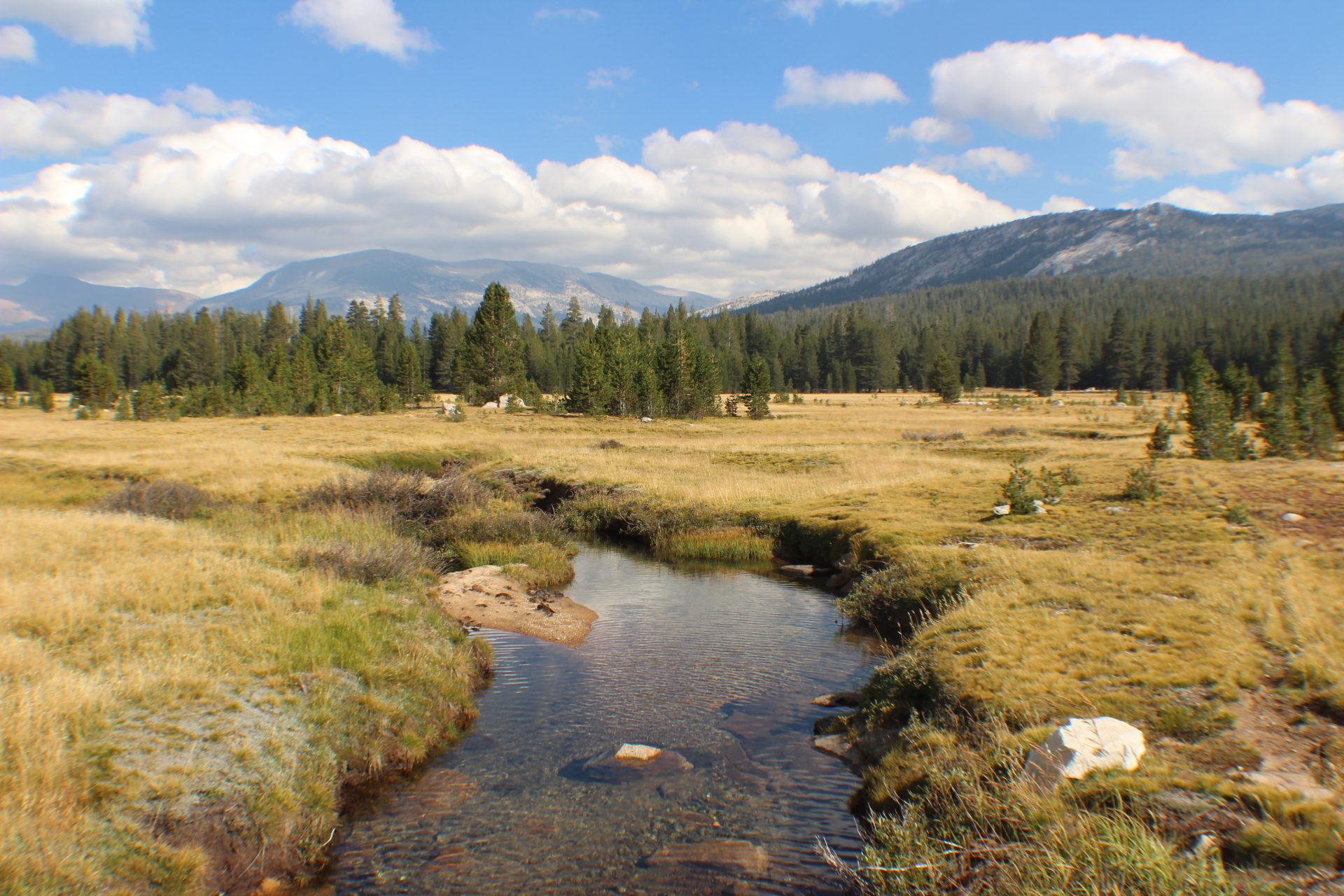


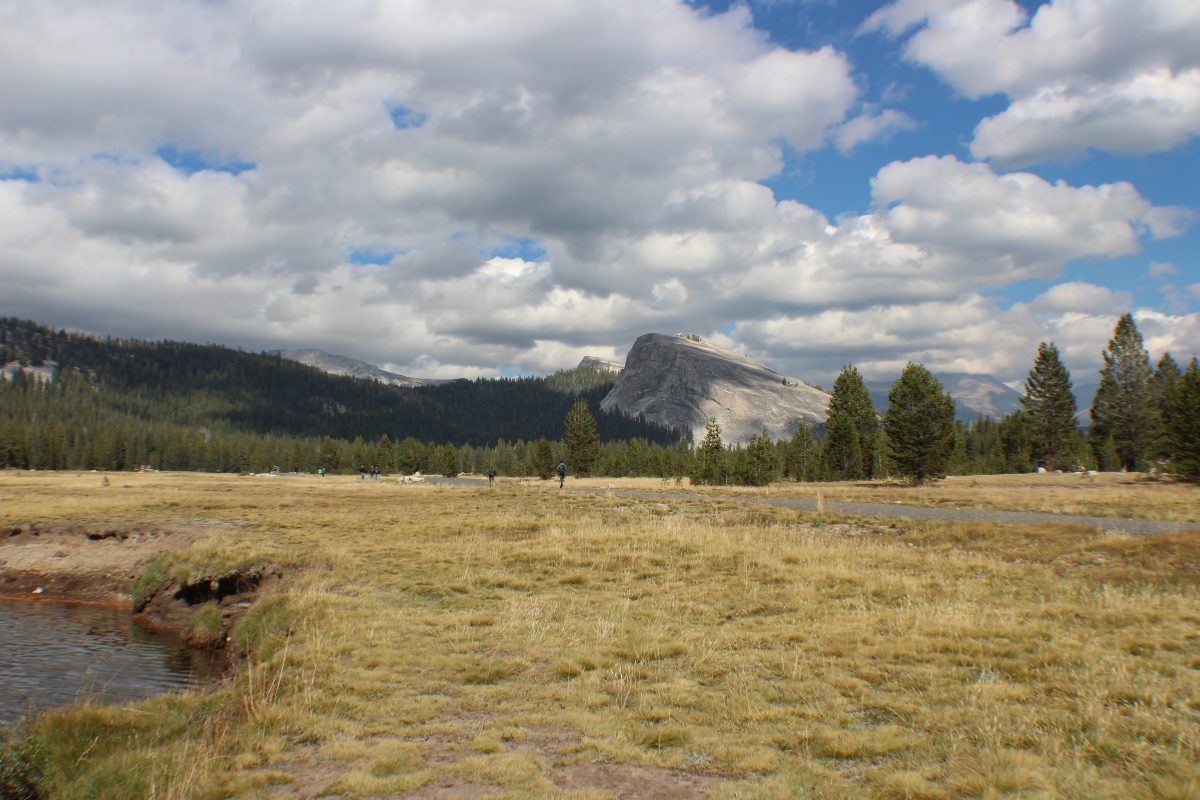
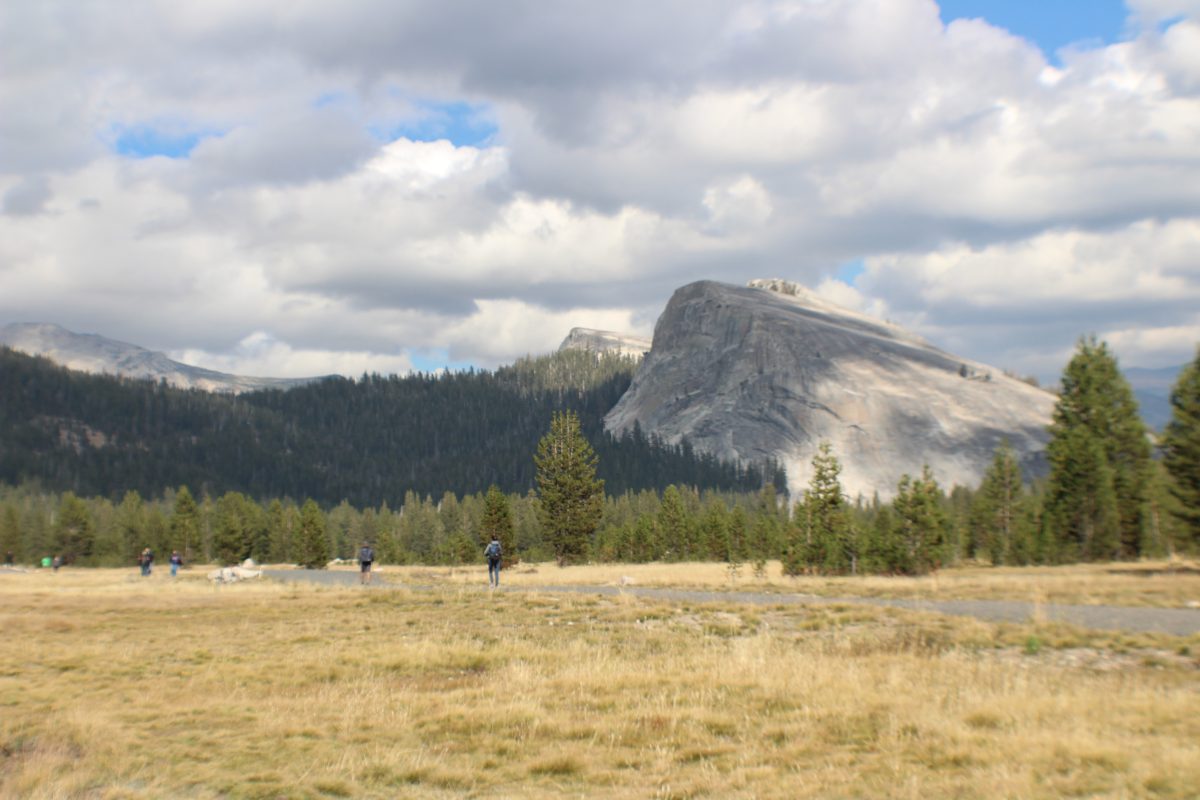



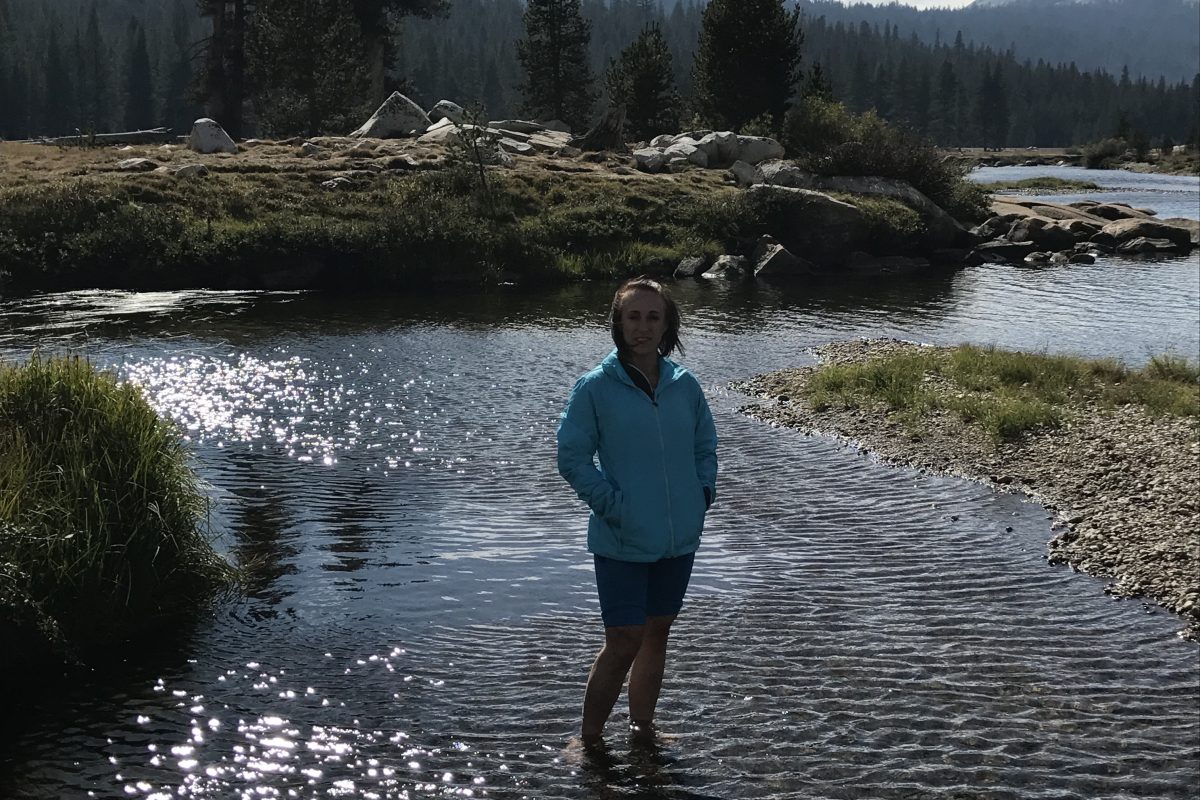
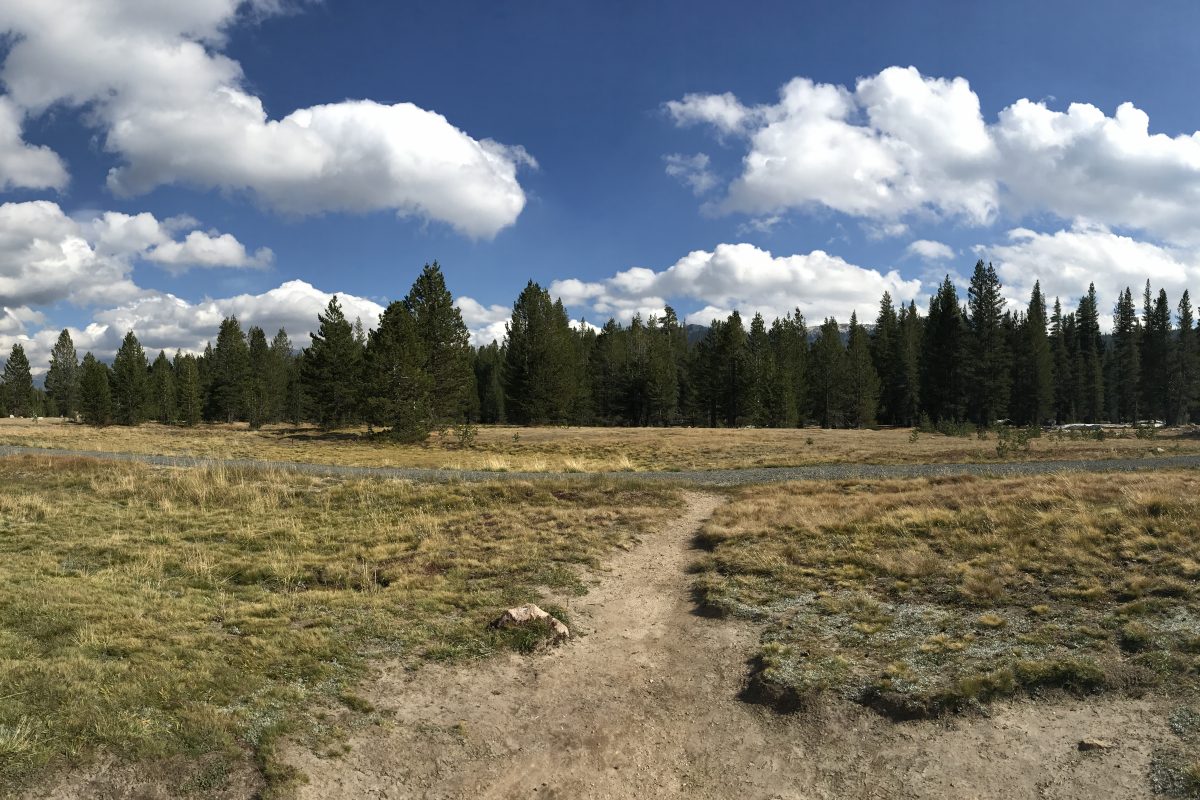


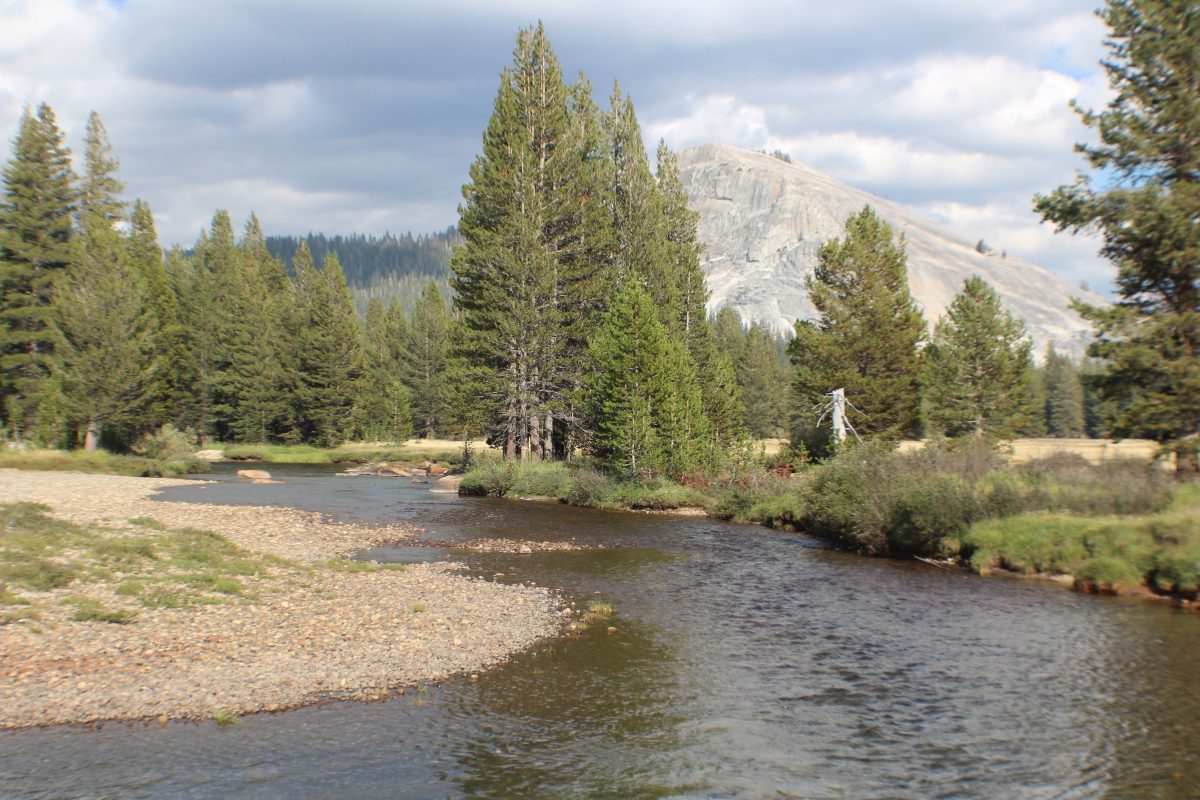


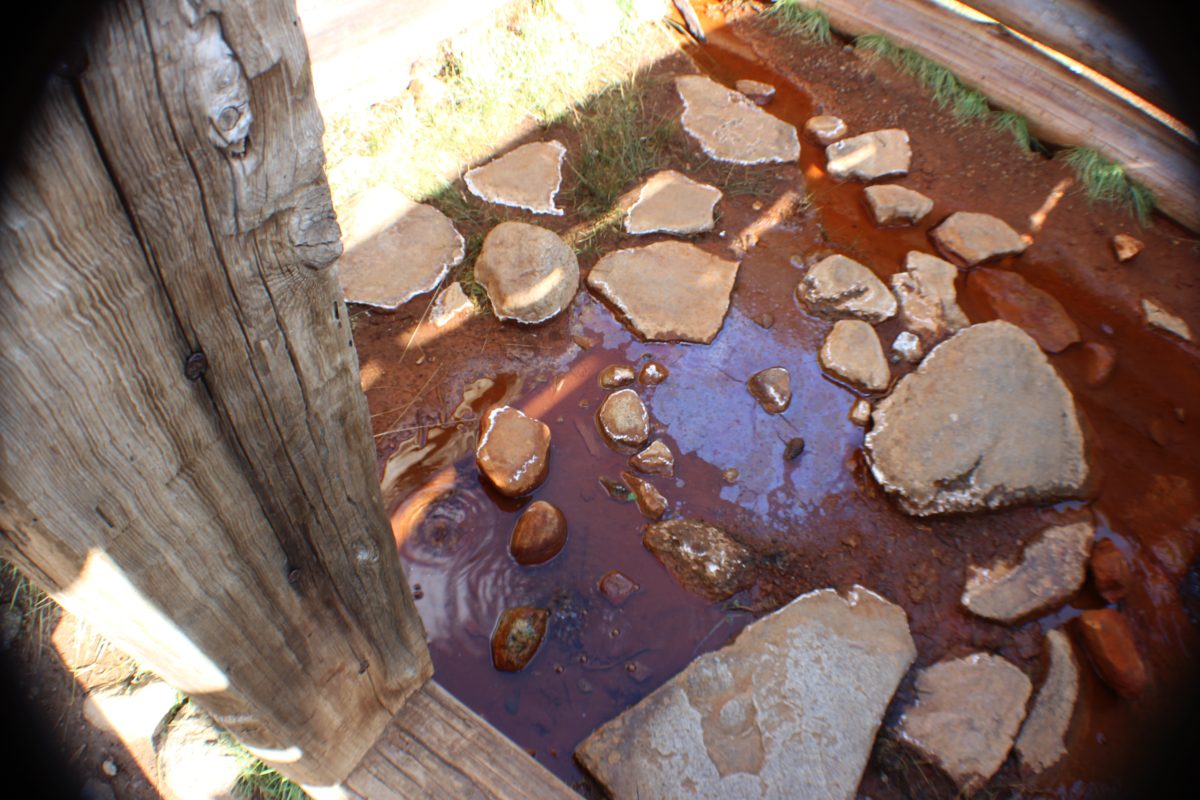
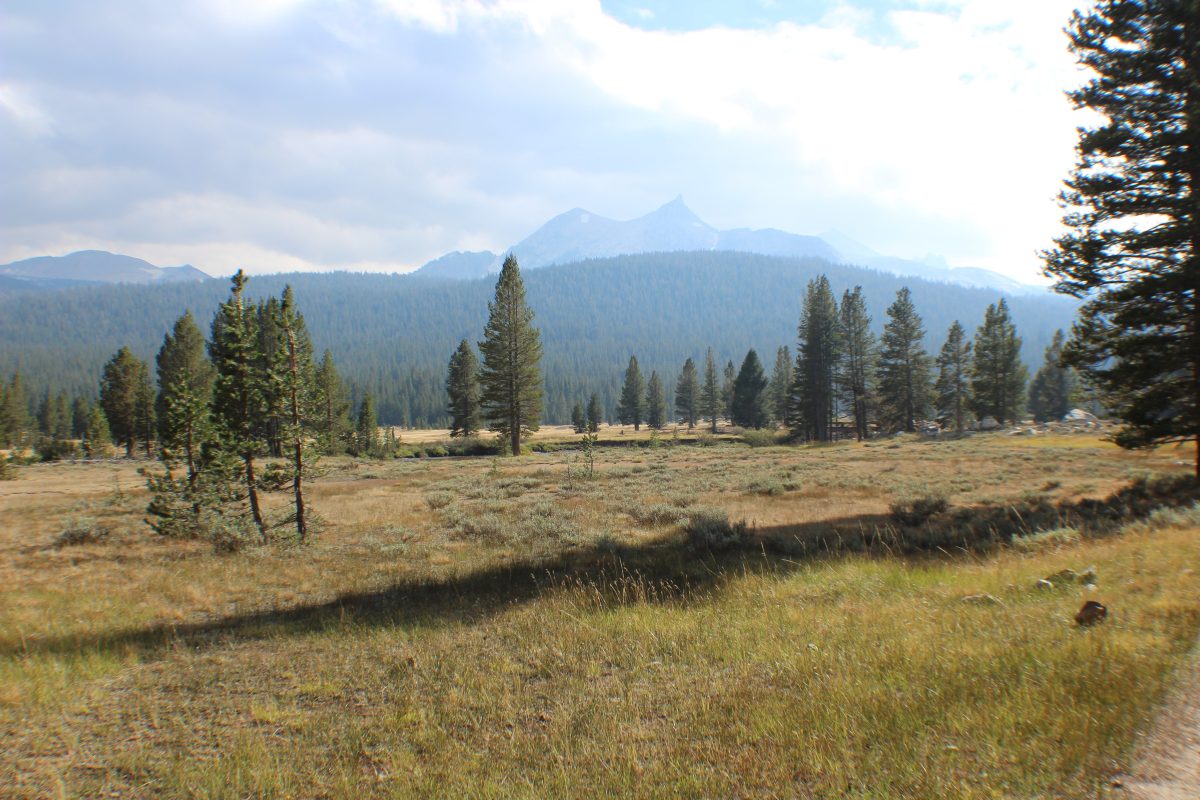
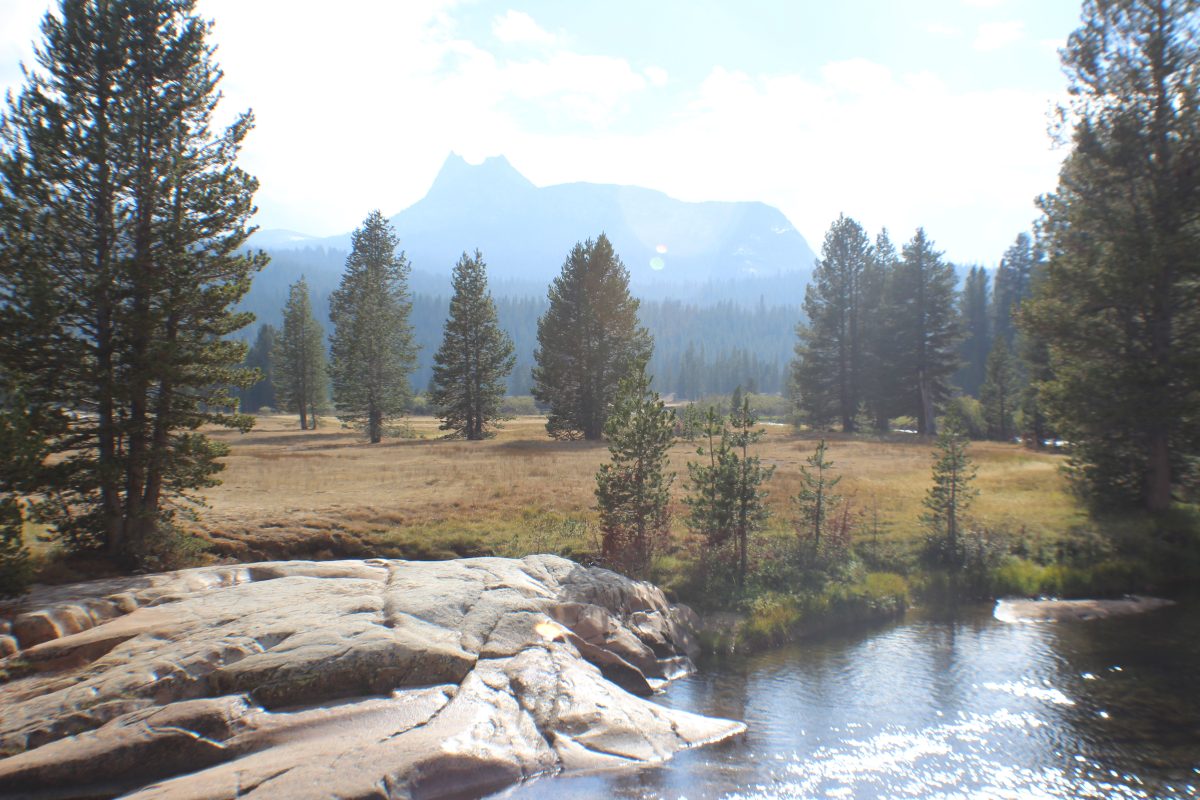
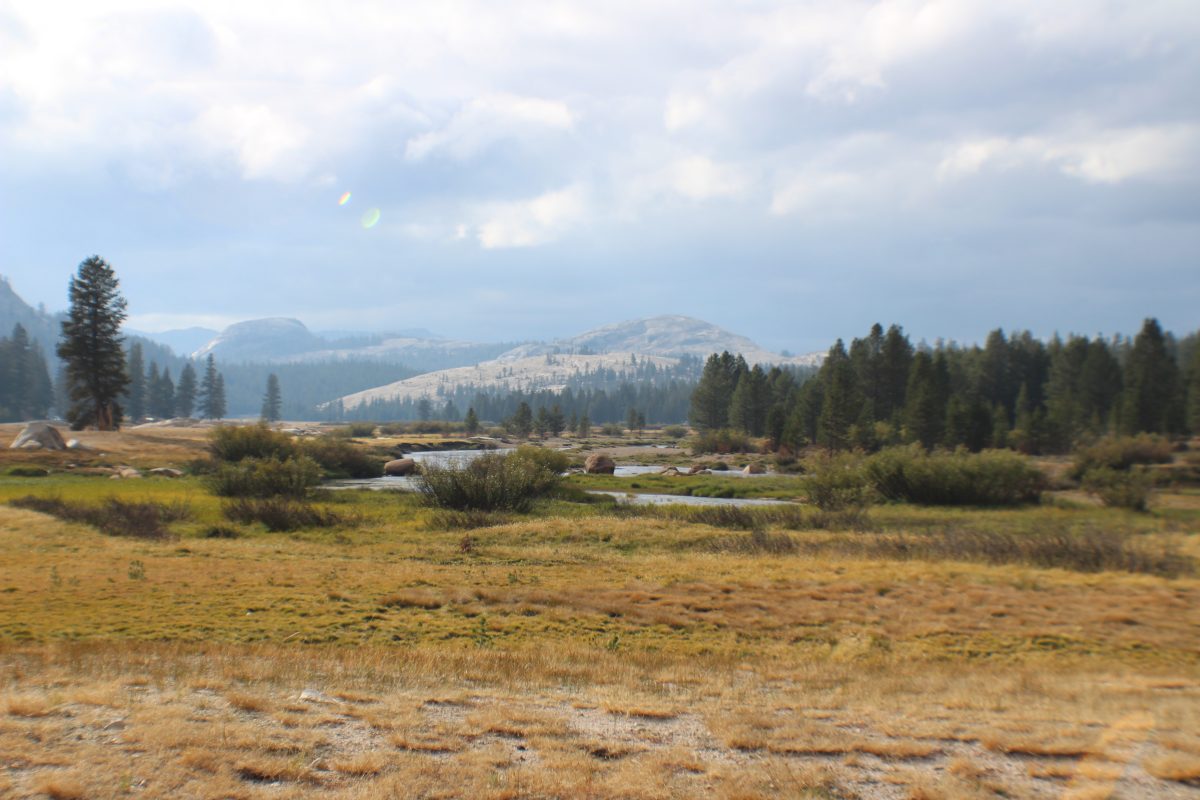
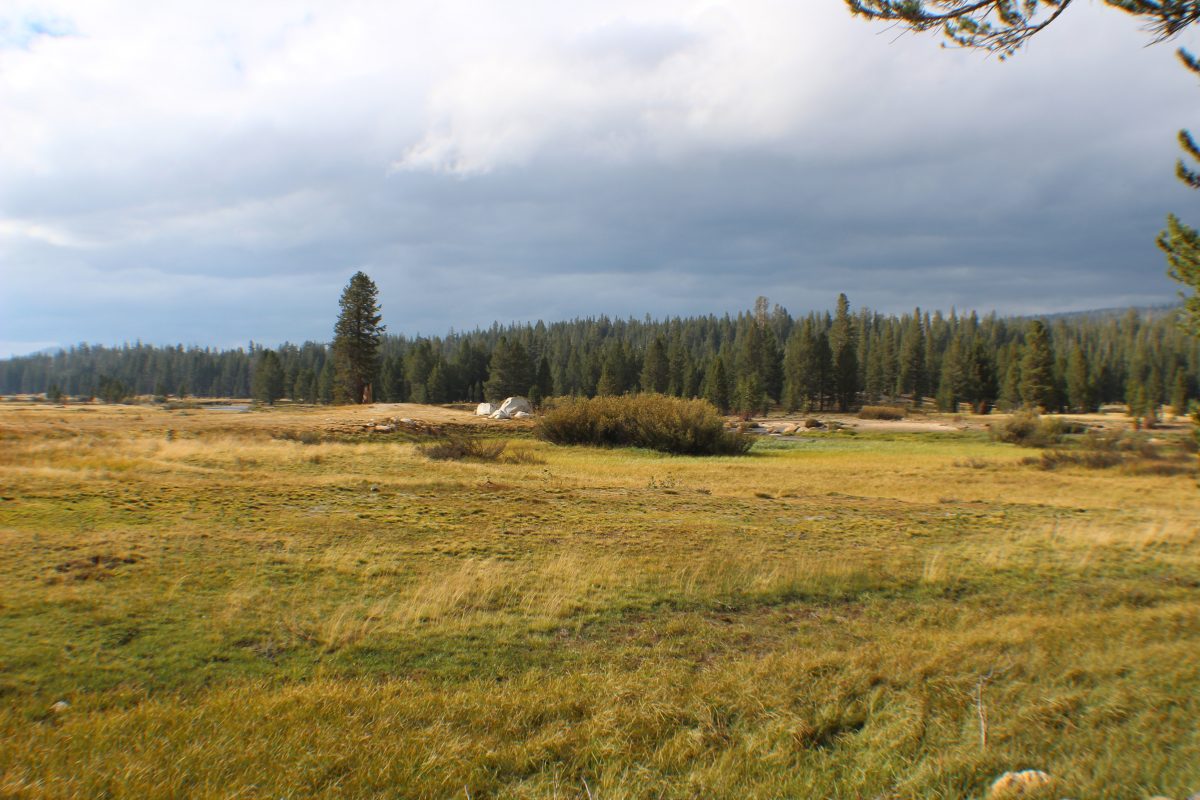
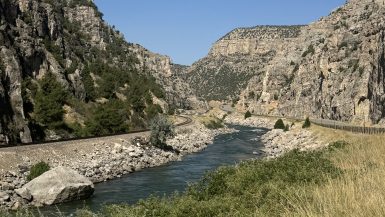


Leave a reply
You must be logged in to post a comment.